
Food Plant Sanitation Best Practices: Keep Your Customers Safe
If you’re running a food production facility, you know how vital food plant sanitation is to both your clients and your own company’s success.
You already know how bad the cost of contamination can be: recalls, lost money, time, and incalculable damage to your reputation. Review your food plant sanitation standards and continue to keep your customers (and business) safe.
Food Plant Contamination Can Start Anywhere
Contamination can occur any time before, during, or after food is processed at your plant. Even with strict guidelines in place, detecting contaminated food can be extremely difficult to catch, let alone resolve before any contaminated food product leaves your plant.
From leafy greens tainted with the listeria bacterium to ensuring that vegan impossible burgers have never come into contact with beef, maintaining food plant sanitation is a constant challenge food production facilities face every day.
If contaminated water or ice comes into contact with fruits or vegetables, that contamination can easily spread to every food item. Without proper sanitation, that contamination can remain on the food processing lines long after the tainted water or ice has been removed, potentially damaging any food that comes into contact after.
The same is true during the slaughter process. Germs on an animal hide can infect the final meat product. Contaminated surfaces used during food processing, such as storage bins or the line itself, can spread to all foods that touch those surfaces.
Contamination can occur during distribution as well. If refrigerated food remains on a loading dock for too long, bacteria have the chance to grow. Loading on or off a truck is another hazard, where transporting animals or animal products can become contaminated if the truck is not sanitized thoroughly.
Unfortunately, there are far too many opportunities for food to become contaminated with harmful bacteria during the food production process. Even the most diligent food processing facilities can fall victim to contamination if sanitation steps are not followed correctly.
Because both human and machine error can be the source of contaminated food order, your food plant sanitation practices must always go above and beyond to protect your product, your customers, and your reputation.
While everyone involved in the food production chain has a role to play to maintain food safety, your food processing facility is among the first and foremost lines of defense.
Recalls can easily cost hundreds of thousands of dollars or more. The cost of setbacks to your plant in the event of contamination is time-consuming and expensive. From securing approval from regulatory agencies to begin operation once again to lost revenue, downtime costs your business time and money.
With food safety issues being of critical importance to consumers, both media and regulatory agencies can make it very difficult to return to business as usual. When it comes to your food processing facility’s reputation, the damage can take years to recover from.
Your food plant sanitation practices are vitally important to you and your customers.
Cleaning and Food Plant Sanitation Best Practices
While there are many variables to consider and even more policies that need to be in place, food plant sanitation best practices can be broken down into a few different categories:
- OSHA/FDA safety standards in food manufacturing
- Employee commitment
- Types of contaminants and how to sanitize for each
- Chemicals and cleaners
- Water
- Cleaning equipment
- Sanitation process in plant
- Food storage and containers
- Waste removal
- Safety signs and supplies
When reviewing and implementing your food plant sanitation practices, everything you need to consider falls under one or more of the above-listed concerns.
First, be sure to identify all key factors that your food plant sanitation practices must address. In addition to following all government and regulatory agency standards of operation as a registered food processing facility, you must also identify sanitation concerns specific to your particular food manufacturing sector.
Next, review each of these items and check against your current food plant sanitation procedures:
OSHA/FDA
Begin by reviewing the most up to date OSHA/FDA guidelines and standards in food manufacturing. This is a no-brainer, but becoming complacent with the most current guidelines and regulations can result in a failed inspection. Failed inspections may lead to fines, more frequent visits from regulatory agents, possible unplanned downtime, or even operating license suspension. Never cut corners when it comes to sticking to and upholding regulatory code.
Employee Commitment
Employees working at your plant must all be committed to sanitation standards within your facility, as they are the ones in control of implementing these practices. You should not only make sure that your employees are regularly trained in your food plant sanitation code and best practices but also have a separate segment of staff explicitly dedicated to plant sanitation. Be sure that your sanitation shifts have enough staff, resources, and supplies. You may also want to consider hiring a sanitation-specific contracting company, as they can take over sanitation shift management and are vested in adhering to regulation-required best practices.
Types of Contaminants
Know what types of contaminants are most likely to cause trouble in your facility and focus on preventing these contaminants from occurring in your plant. Anticipating the kinds of bacteria and other contaminants that are most likely to occur is only one half of the battle. Often, it’s the unexpected culprit that sneaks its way past your food plant sanitation processes. Contaminated ice or water may infect a production line and everything that comes in contact with it. Improperly sanitized food storage containers may completely undo all previous efforts at maintaining a sanitary process. Therefore, your food plant sanitation process must plan for both the expected and unexpected.
Chemicals and Cleaners
Knowing your contaminants ensures you select the right types of sanitation chemicals and cleaners to combat an outbreak in your food production plant. Maintaining both supply and inventory of all required cleaning agents is another essential part of keeping your plant sanitary and violation-free. Your employees should never run out of any cleaner, nor should they have to skimp on cleaning solution measurements.
Water
Water—especially hot water—is vital to maintaining a sanitary environment. Used in everything from washing food products, equipment, and surfaces to diluting sanitation chemicals, the quality and temperature of your plant’s water supply play a vital role in sanitation. If your facility is having boiler or any other water heater equipment-related issues, you must shut down production immediately and get this resolved. Regular maintenance is a must for keeping your food plant sanitary.
Cleaning Equipment
In addition to sanitation and cleaning chemicals, you must also maintain and provide any necessary cleaning equipment. For example, cleaning tools such as mops, brooms, squeegees, and brushes should be frequently disposed of and replaced to prevent spreading bacteria and other contaminants. Gloves, aprons, and hairnets are also important to the prevention of spreading contaminants. The cost investment in cleaning equipment should never be an issue, especially since the cost of supplies does not amount to the price your plant—and reputation—would pay in the event of a preventable outbreak.
Sanitation Process In-Plant
Your food production facility must have a clearly defined sanitation policy in place that is strictly adhered to. Ensuring that this policy is followed is vital to your business success. Your food plant’s sanitation process needs to be clear, concise, take into consideration all sanitary situations possible, and have a proven process for each scenario.
Food Storage and Containers
Maintaining sanitary storage containers is another important concern. Food must be stored at the appropriate temperatures to prevent bacterial growth. Of course, all food storage containers must be a part of the sanitation process. Your facility must always ensure that all storage containers are sterile and resistant to outside contamination once sealed.
Waste Removal
From plant and animal matter waste to cleaning and chemical/cleaner disposal, waste removal is key to maintaining a sanitary food plant. Surfaces, equipment, or product lines should not be left with any residue after cleaning, as cleaning agents can also contaminate food and make people sick. Proper waste removal and sanitation practices must be followed without fail to maintain a sanitary facility.
Safety Signage and Supplies
Another important—yet easily overlooked step—is maintaining proper safety signage and other supplies. A significant factor in maintaining food plant sanitation is designating various areas as high/low risk of contamination and labeling them as such. Even cleaning supply closets should be clearly labeled, and all signage should be accurate. Safety signs can also include safety and sanitation best practices, such as proper handwashing procedures. Signage can go a very long way to helping your employees be always thinking about sanitation best practices.
…
Food plant sanitation standards and practices can differ significantly from an animal processing plant to a vegetable-only facility. Unfortunately, there is no “one size fits all” blanket solution that can be applied to address and solve all of your food plant sanitation concerns.
Thus, your diligence in establishing a highly specific and custom-tailored sanitation process is vital to successfully operating your plant. With a consistent review of your food plant sanitation practices and procedures, and by adhering to these guidelines, you’ll help ensure the safety of your customers while saving time, money, and avoid potential harm to your reputation.
To learn more about how Reliable Water Services can help keep your facility’s hot water up and running, visit our website and check out our water heater rental and service plans.
Featured image and post images licensed for use via Pxhere.
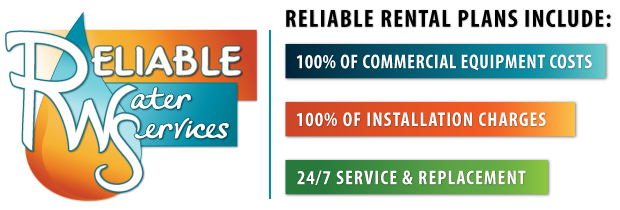
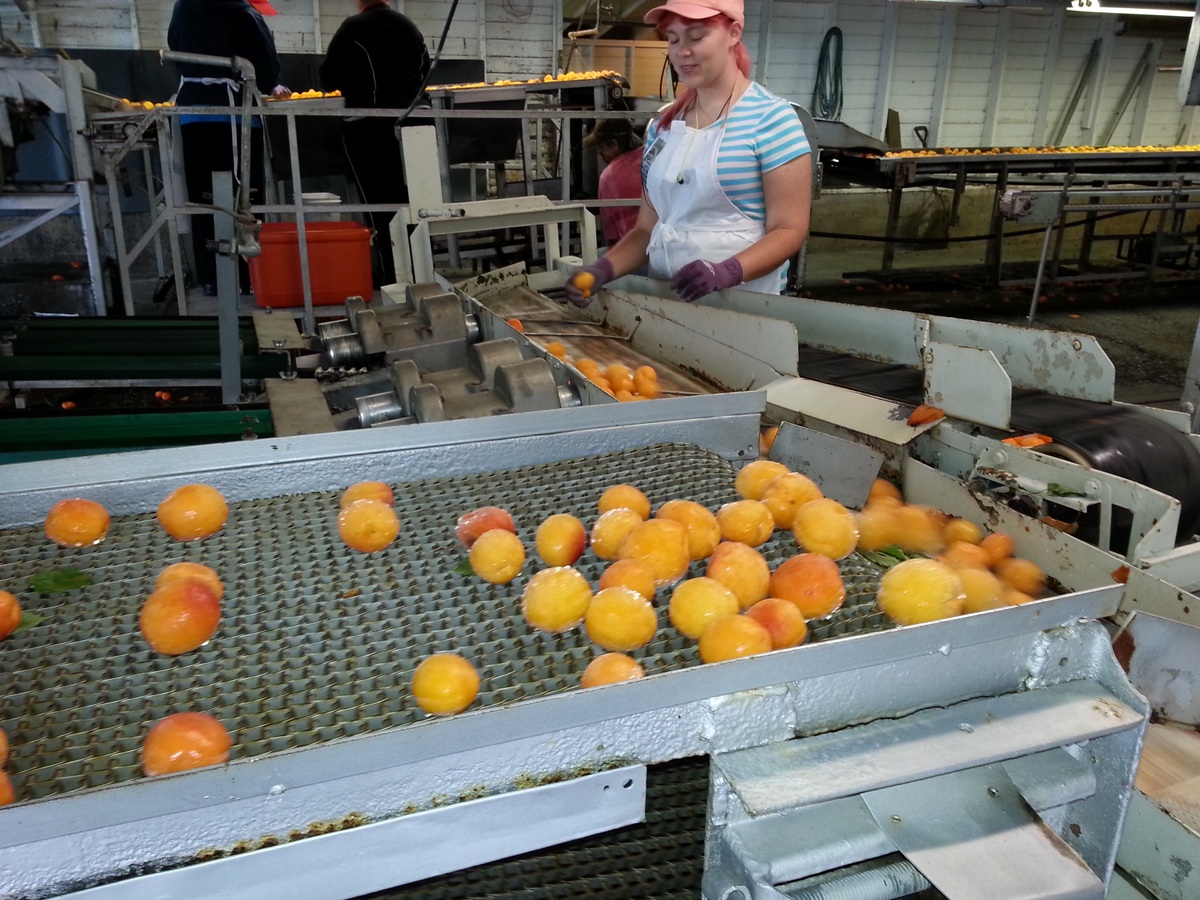
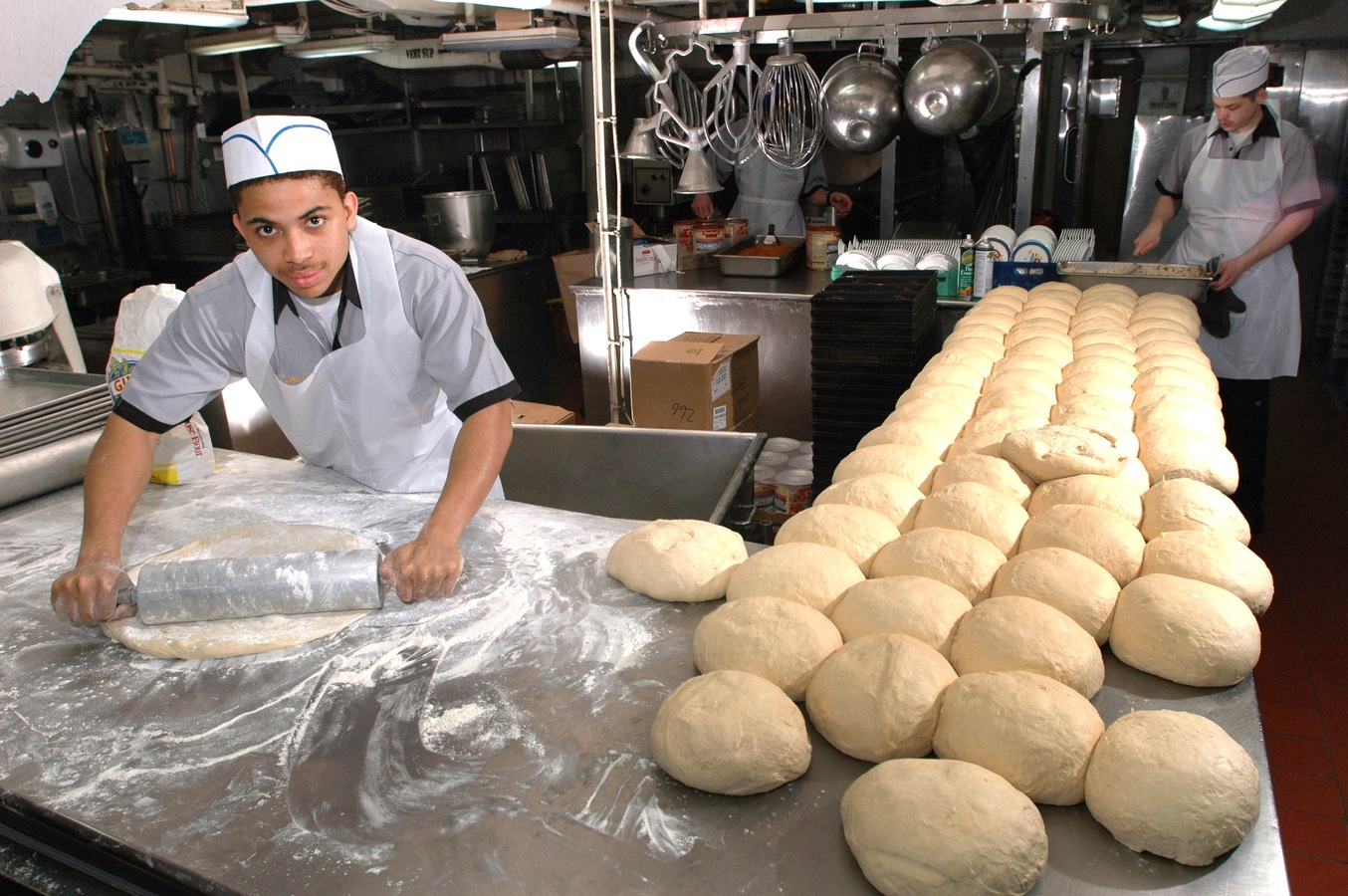
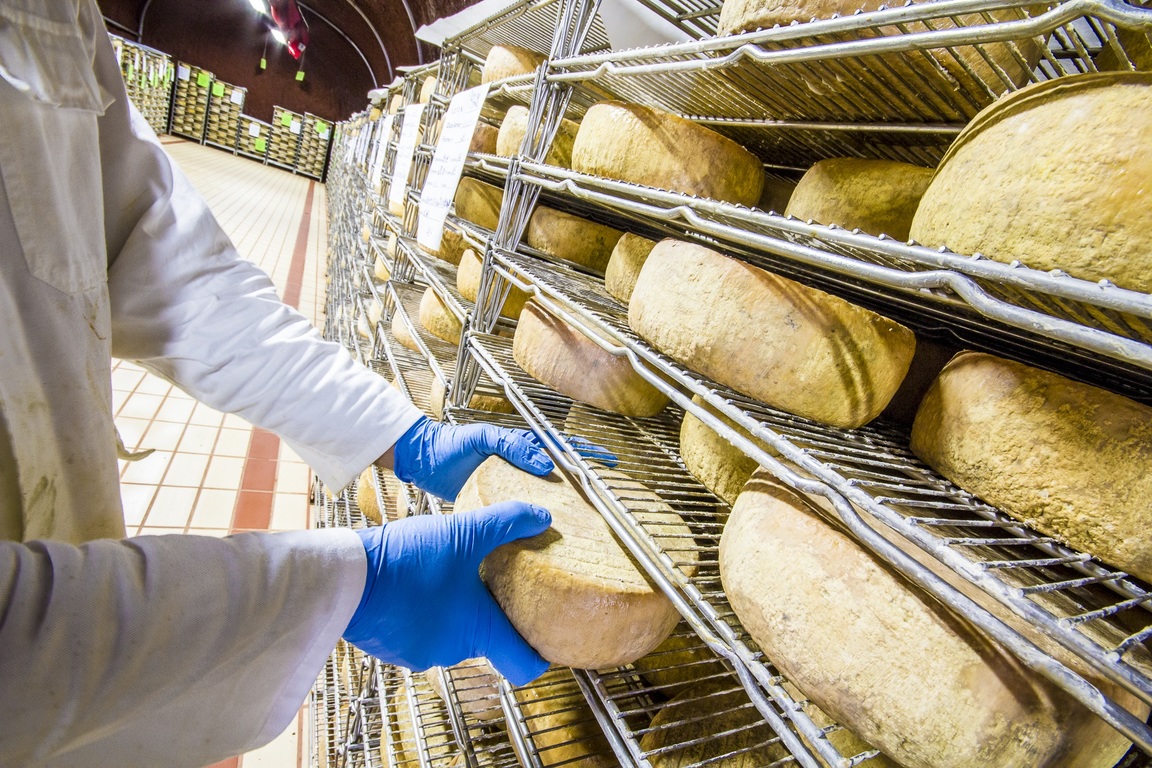

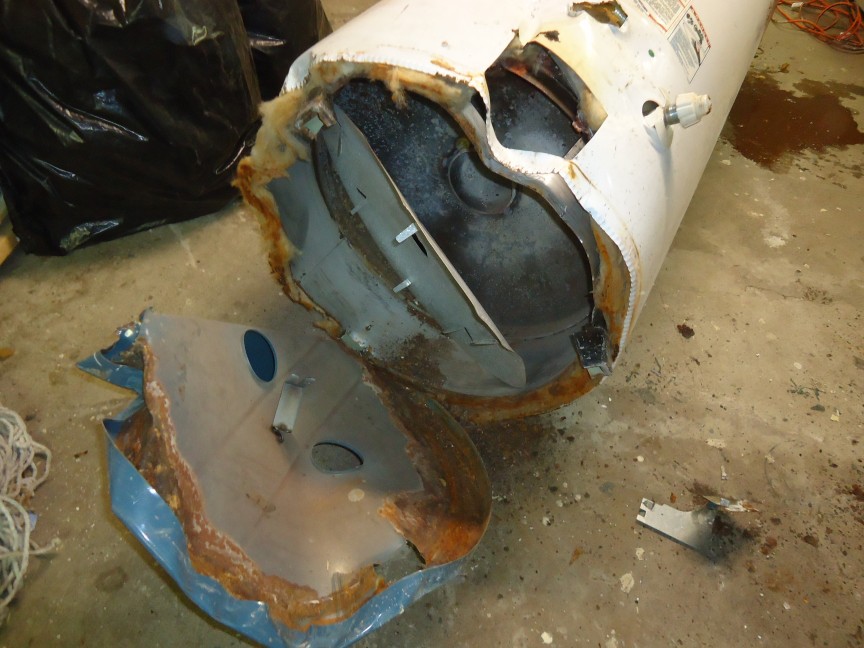
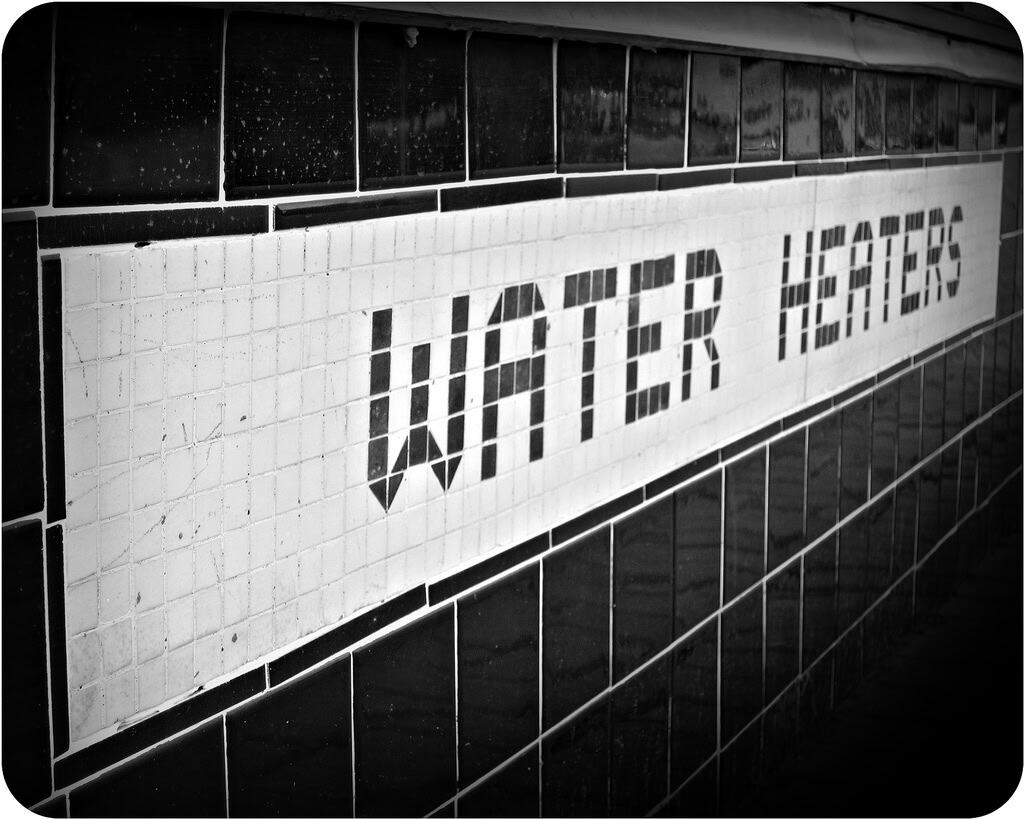
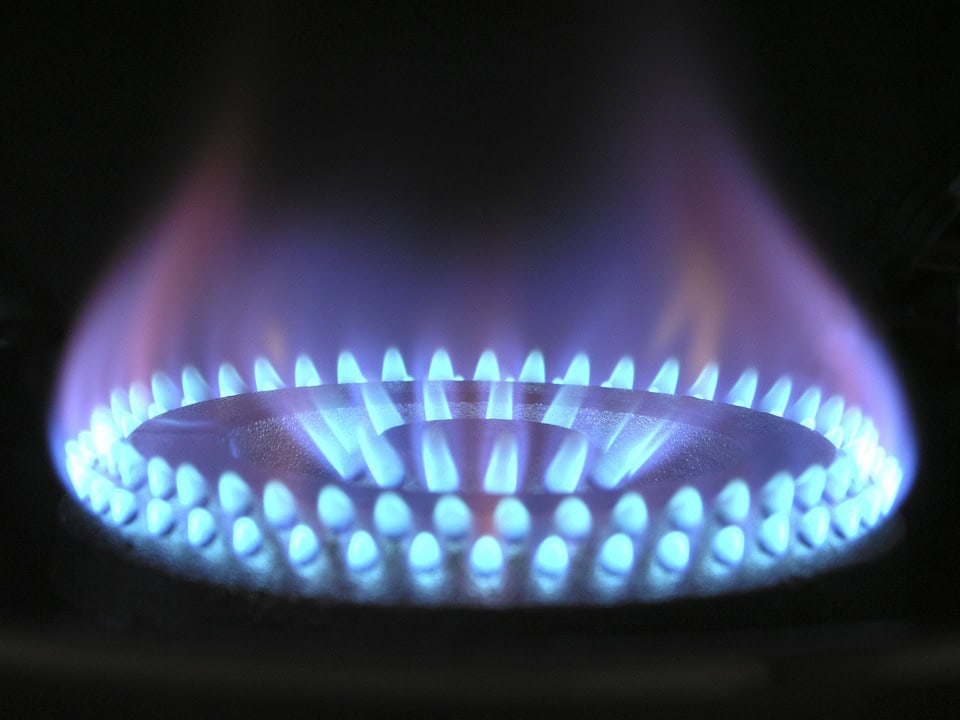


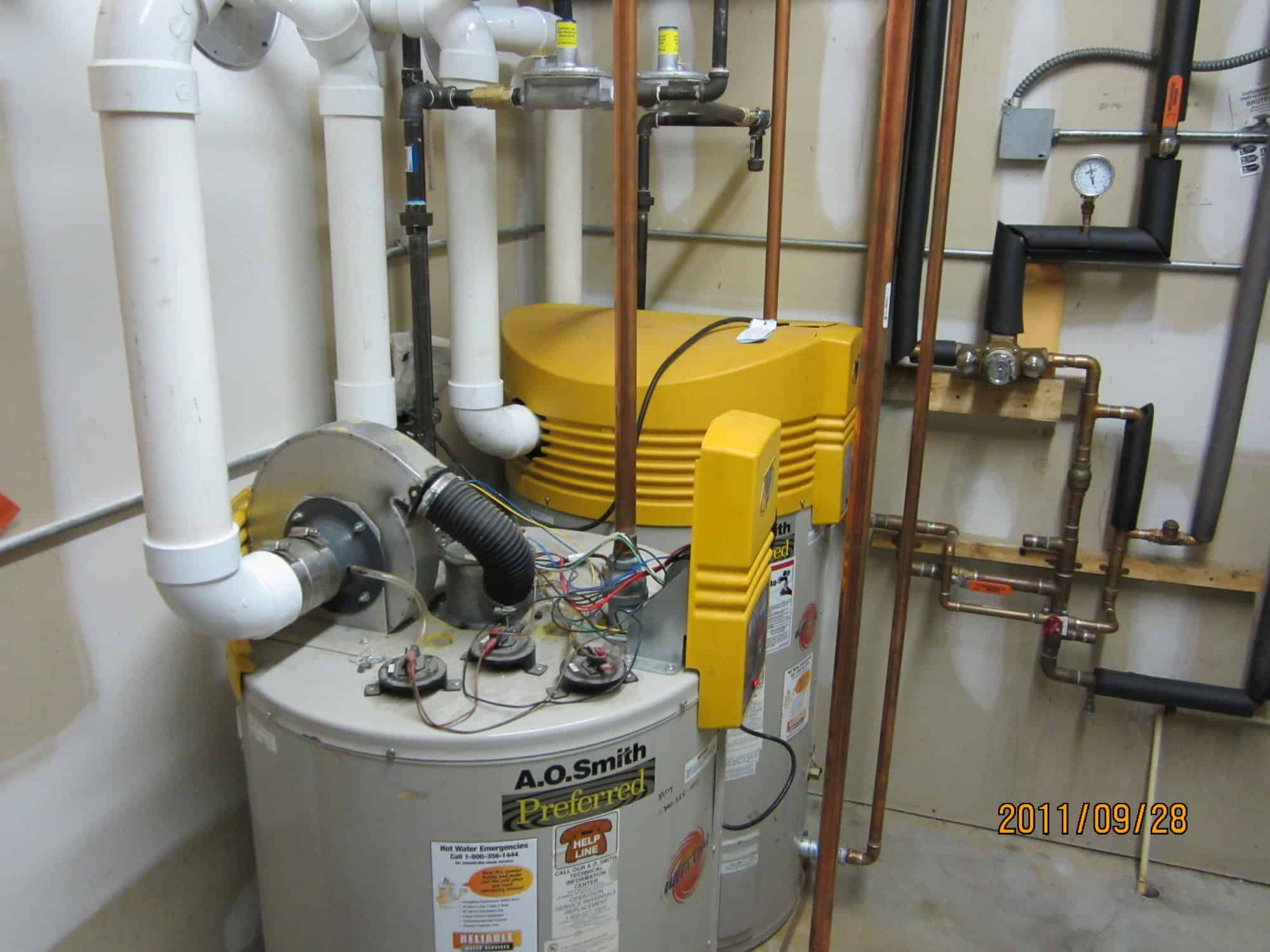
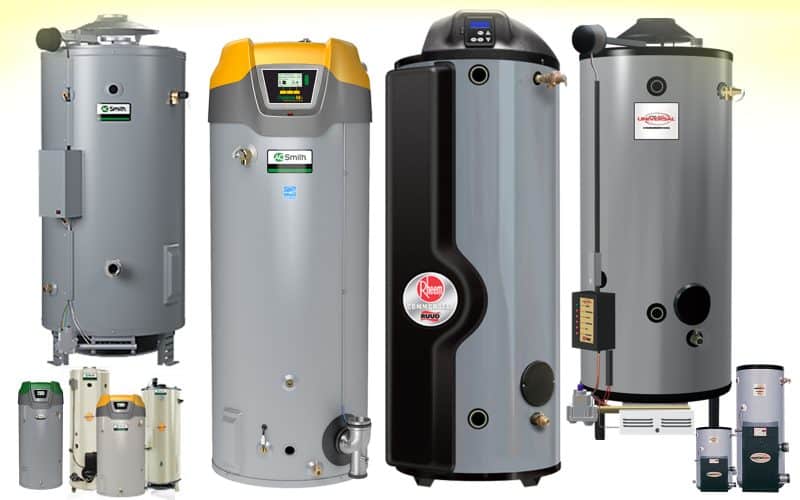
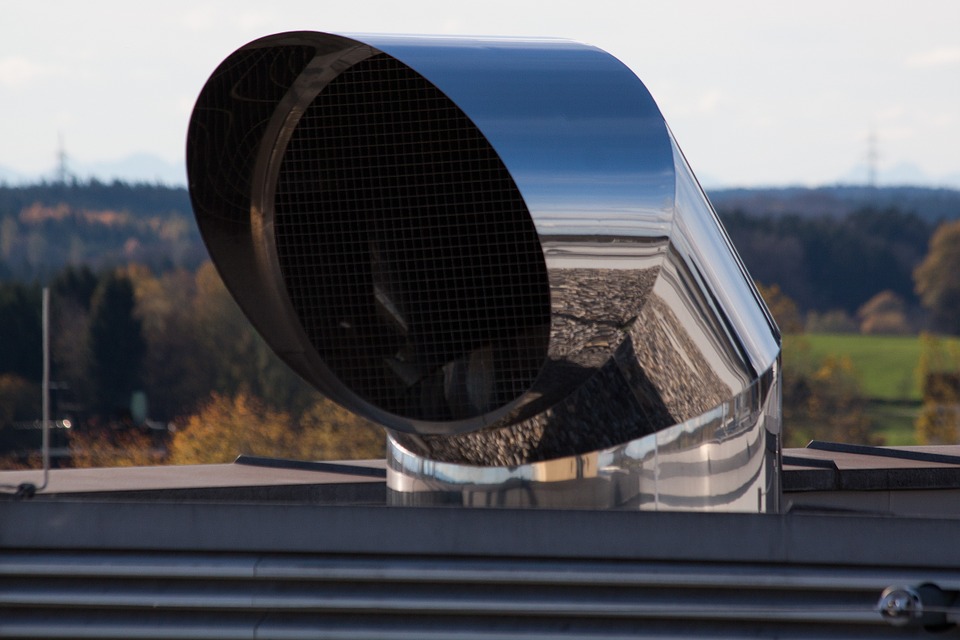






0 comments
Write a comment